Oregon thrives on creativity. From Portland’s glittering music venues to Eugene’s theatre scene and Ashland’s celebrated Shakespeare Festival, the state has long attracted artists, writers, musicians, and designers. Yet, beneath the vibrant exterior, many of Oregon’s creatives shoulder immense student loan debt, often making it hard to pursue their crafts freely. Recent changes to federal student loan policy during the Trump era have unexpectedly eased some of those burdens, bringing much-needed relief and hope to Oregon’s wide-ranging creative workforce.
The Oregon Creative Landscape: Ambition Meets Debt
Oregon is home to more than a half-million student loan borrowers, with concentrations in cultural hubs like Portland, Eugene, and Bend. Creative fields—from fine arts to graphic design, fashion, music, and performance—draw thousands to the state’s universities and colleges each year. Yet tuition and fees for higher education in Oregon have increased more than fivefold since 1980, making student loans an almost inescapable part of the creative professional’s journey.
Portland State, the University of Oregon in Eugene, and Southern Oregon University in Ashland are centers for the arts and creative degrees. By graduation, fine arts majors at Portland State typically owe about $21,500, and at the University of Oregon, the average is $20,500. Across Oregon public universities, 41% of undergrads borrow federal loans, carrying an average debt of $21,406. Community colleges, often nurturing ground for performing and visual arts, see 25% of grads with loans, averaging $14,416.
These numbers reveal the challenge for Oregon’s creative class: becoming a professional artist, musician, or writer often means years of debt payments. For those trying to break into low-paying or freelance creative industries, this can feel like an insurmountable barrier.
The Pre-Trump Era: A System Under Strain
Before the Trump administration, federal student loan repayment was complicated and riddled with uncertainty, especially for arts graduates. Creative professionals, many of whom rely on freelancing, teaching, or part-time work, found the system rigid. Income-Driven Repayment (IDR) and Public Service Loan Forgiveness (PSLF) programs did exist but were plagued by complexity—application confusion, a lack of transparency, and a high rejection rate for forgiveness.
Artists striving to make a difference or engage with the community often took nonprofit or educational jobs, aiming for PSLF. But under previous rules, fewer than 1% of PSLF applicants succeeded. Many creatives in Oregon’s big cities and small towns ended up stuck in a cycle of debt, unable to fully participate in the local arts economy or invest in their own practice and development.
Trump-Era Changes: A Reshaped Student Loan System
Recent Trump-era reforms have driven a sweeping overhaul of federal student loans, impacting artists, musicians, writers, and other creative professionals in Oregon in several ways.
Caps on Borrowing
For graduate students—including those pursuing MFAs or advanced music degrees—new borrowing caps have limited some individuals’ ability to take on excessive debt. Instead of the previous approach, where graduate students could borrow up to the total cost of attendance, there are now hard annual and lifetime caps. This restrains future debt levels and pushes creative students to be more selective about their college choices.
-
Graduate students are now limited to borrowing $20,500 per year, with a lifetime cap of $100,000.
-
Parents who borrow for their children’s arts education face new annual and lifetime limits as well.
-
These caps particularly affect creative graduate programs in Portland, Eugene, and other arts hubs, where tuition can be high.
Streamlined Repayment for Undergraduates
One significant improvement for many Oregon creatives is a more streamlined repayment option for undergraduates. The Trump-era overhaul replaced the confusing tangle of repayment plans with a single, clearer system. Monthly payments are now capped at 12.5% of income, and forgiveness kicks in after 15 years for undergraduates. Previously, multiple plans with varying terms created confusion and heightened the risk of missed deadlines and penalties.
This simplicity matters for creative professionals whose earnings can vary from month to month. Whether performing at the Blue Room in Eugene, teaching dance in Beaverton, or illustrating book covers in Bend, Oregon’s artists appreciate a structure where their monthly payments flex to their ever-changing income.
Employer Student Loan Benefits Now Tax-Free
Another Trump-era change that has quietly benefited creative workers across Oregon is the permanent tax-free status for employer student loan contributions. Employers in Portland’s design agencies, Ashland’s theatre companies, or Salem’s marketing firms can make tax-free contributions toward their employees’ student loan debt. As creative agencies and cultural institutions compete for talent, this benefit is gaining popularity and providing valuable support to a workforce historically burdened with debt.
-
Companies can now provide up to $5,250 a year in student loan repayment as a tax-free benefit.
-
Leading tech and creative employers in Portland and Eugene are beginning to adopt these programs, easing the monthly strain for graphic designers, video producers, and performing artists.
Impacts on Forgiveness: Mixed Outcomes
While some program changes made loan forgiveness simpler, others complicated things. The Public Service Loan Forgiveness program, relied on heavily by Oregon’s educators and nonprofit arts professionals, now requires more active steps by borrowers to stay on track. During transitional periods, some lost out on credits toward forgiveness, and others had to shift repayment plans. Even so, ongoing processing of PSLF applications has continued, and Oregon’s creative public servants—arts outreach coordinators in Salem, museum staff in Portland, theatre educators in Ashland—can still access forgiveness with careful planning.
Relief Arrives: The Ripple Effect in Oregon’s Cities
Since these changes took effect, creative professionals across Oregon’s major cities are beginning to see new opportunities and reduced stress.
Portland: A Burgeoning Hub for the Arts
Portland, known for its indie music, mural-covered neighborhoods, and vibrant literary scene, has around 42% of its public university undergraduates carrying loans—averaging about $21,500 per graduate. New loan payment caps and employer-supported repayment options are particularly helpful in the city’s freelance-centric creative economy.
Younger artists in neighborhoods like Alberta Arts District, as well as in performance venues on Mississippi Avenue, report staying in their studios longer, taking more creative risks, and relying less on day jobs outside their field. Design students from Portland State have greater flexibility post-graduation, opening more galleries and participating in public art.
Eugene: University Town, Creative Heart
Eugene, anchored by the University of Oregon, is home to a thriving music and arts scene. Graduates in Eugene tend to carry significant debt loads, and many pursue careers as music teachers, nonprofit managers, or performance artists. Simplified repayment options, along with more robust IDR plans and employer support, are enabling more graduates to spend time composing, collaborating, and teaching instead of scrambling to make ends meet.
Ashland: Theatrical Excellence
Ashland’s Shakespeare Festival and theatre scene are internationally renowned, pulling in creative talent from across the nation. Student loan realities have sometimes made artistic careers unsustainable here. The new repayment systems, streamlined forgiveness options, and employer benefits are already evident as more festival staff and participants opt for full-time artistic roles, buoyed by manageable debt payments.
Bend and Beyond: Rural Creativity
Creative professionals in cities like Bend, Medford, and Coos Bay, as well as rural areas, face unique debt challenges. Work can be scarcer, and incomes more volatile. The Trump-era changes’ cap on payment percentages and employer benefits are instrumental in making creative careers viable even outside Oregon’s urban centers. More rural artists report staying active in their fields, hosting workshops, and supporting local economies through art fairs and festivals.
Data: The Statewide Picture
-
Over 535,000 Oregonians currently hold federal student debt, with the average student loan borrower owing $36,091 by graduation.
-
Across Oregon’s public universities, 41% of undergraduates use federal loans.
-
In Portland, 42% of undergrads take loans; in Eugene, the number is 36%.
-
Oregon Tech students carry the highest average debt among public institutions: $22,595.
-
Community colleges average lower debt, but 25% of students still use loans.
These numbers, while daunting, are trending in a positive direction as streamlined repayment, better employer support, and debt caps prevent runaway balances.
The Impact on Creativity and Wellbeing
Studies show that high student loan debt forces many creatives to take jobs outside their field, delay personal investments, or compromise on their ambitions. Oregon’s creative economy, which directly contributes billions to the state’s GDP and provides thousands of jobs, relies on the steady influx and retention of artists, designers, musicians, writers, and educators.
With the Trump-era changes, more artists than before report making career choices based on passion instead of payments. Nonprofit theatre professionals, after-school arts educators, and independent filmmakers are finding it more feasible to remain in their roles, mentor others, and build the vibrant web of creativity that keeps Oregon’s culture thriving.
Employer Support: A Game Changer
The rise in employer-offered student loan repayment is revolutionizing the way creative professionals manage debt. Forward-thinking employers in Portland, Salem, and Eugene have started to include student loan benefits in their recruitment packages, making arts administration, publishing, and even small-town galleries more attractive workplaces.
Freelancers and gig workers, who traditionally struggled to access such benefits, are also organizing themselves into co-operatives and shared organizations that pool resources to access group plans.
Challenges Remain
Despite these advances, challenges remain for Oregon’s creative workers. Graduate students pursuing expensive arts degrees still face high costs and new federal borrowing limits mean some may need to seek alternate forms of funding. Forgiveness programs, while more stable than before, still require diligent paperwork and may leave out those whose careers take unexpected turns.
Inequities in access—especially for BIPOC artists, LGBTQ+ creatives, and those from rural communities—also persist. Targeted state and local scholarship programs will be necessary to bridge remaining gaps.
Looking Ahead: Oregon’s Creative Future
Oregon’s creative workforce is experiencing a crucial shift. What was once a landscape marked by insecurity and constant financial pressure is gradually transforming into an environment where artists, writers, and performers have a firmer foundation on which to build their dreams.
The Trump-era federal student loan changes, especially streamlined repayment, employer assistance, and clear borrowing caps, are laying the groundwork for sustainable creative careers in the state’s largest cities and smallest towns alike. As Oregon’s creative professionals gain breathing room from the weight of their educational debts, they’re free to generate art, music, literature, and cultural experiences that enrich every corner of the state.
Conclusion
Oregon’s artists, designers, and musicians often choose their paths out of love, not for lucrative paychecks. For years, student loan debt has forced too many creative professionals to compromise or abandon their dreams. Trump-era changes to student loan policy, despite controversy elsewhere, have delivered meaningful relief to Oregon’s creative workforce. With better repayment options, employer support, and fairer borrowing limits, the future shines bright for Oregon’s poets, painters, actors, and innovators—and for the communities that depend on their talent.

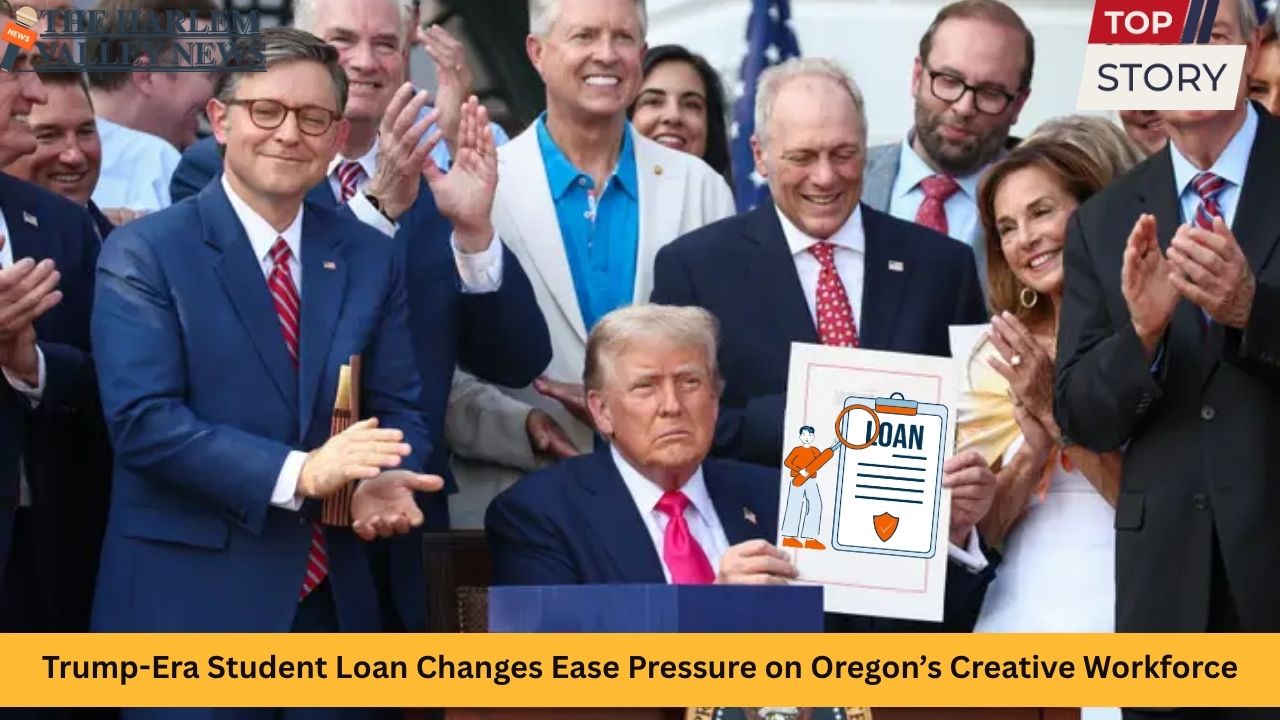

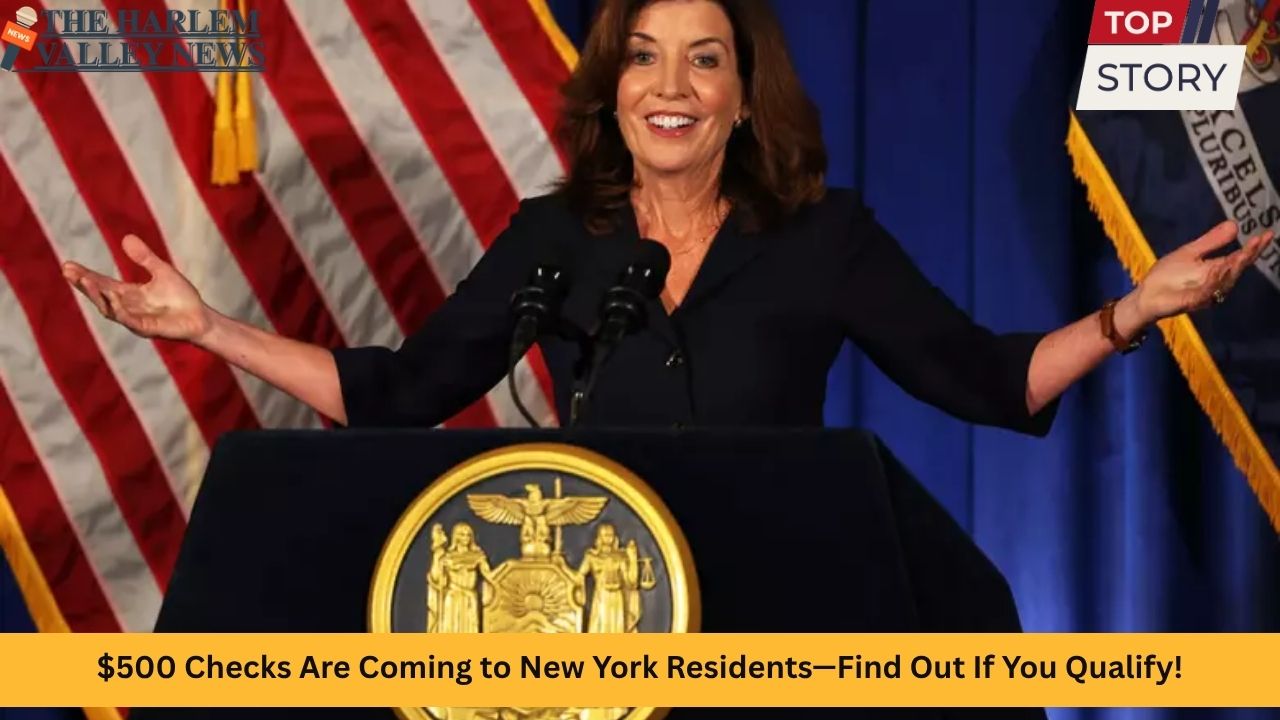


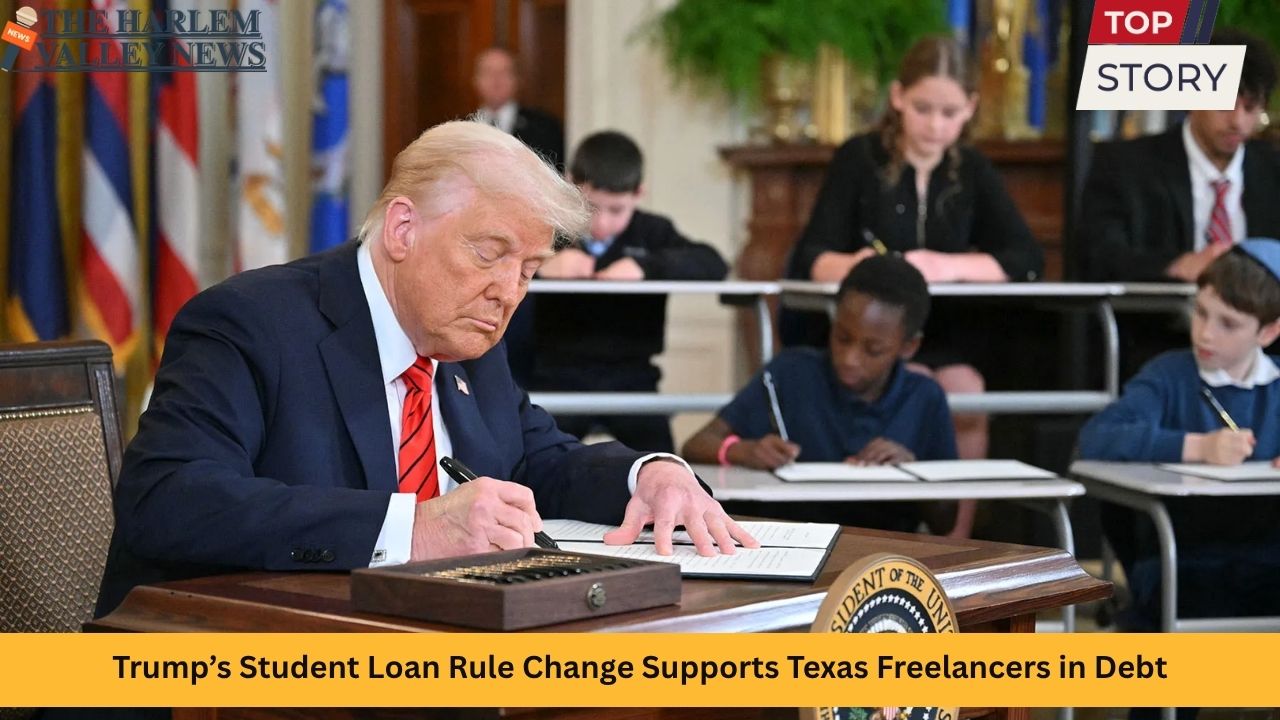
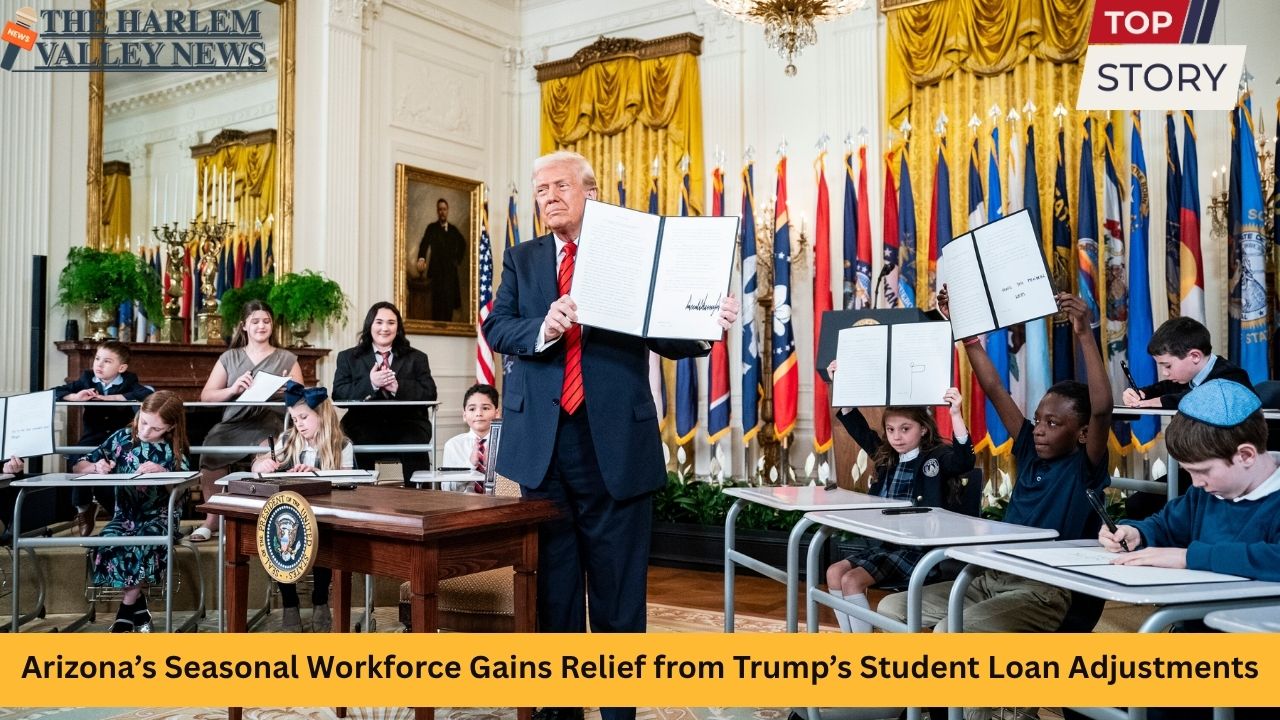



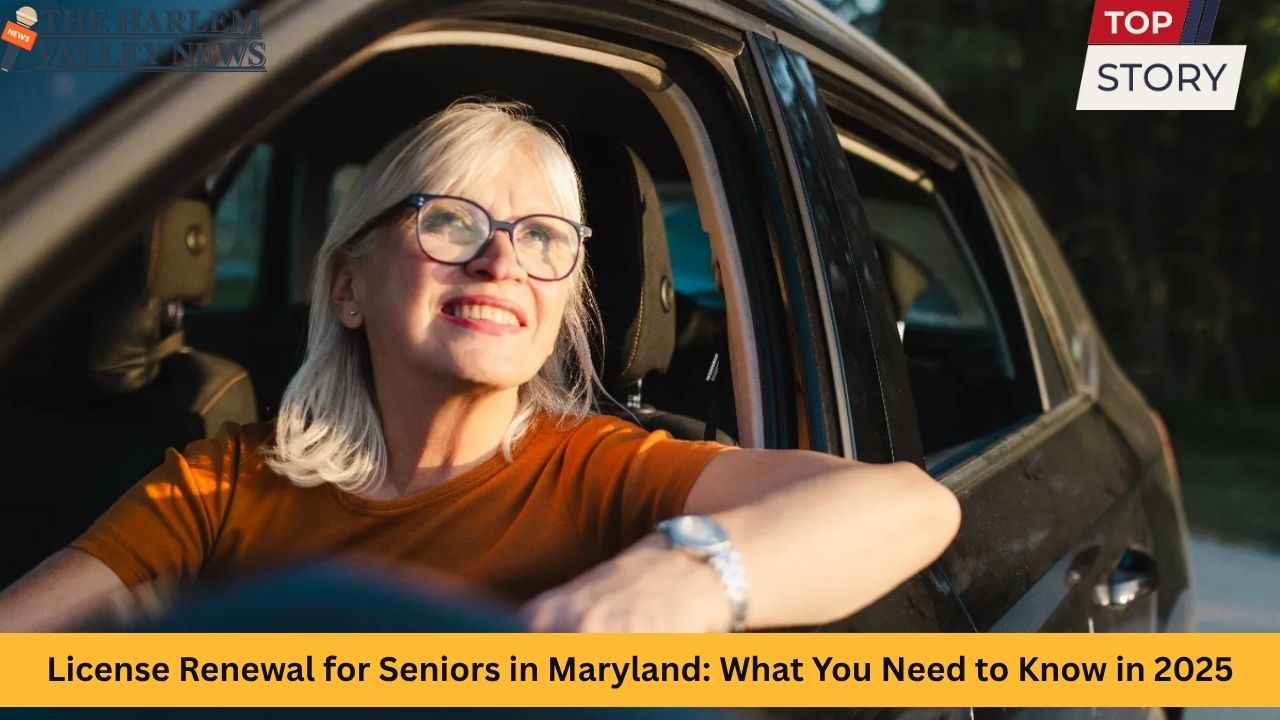
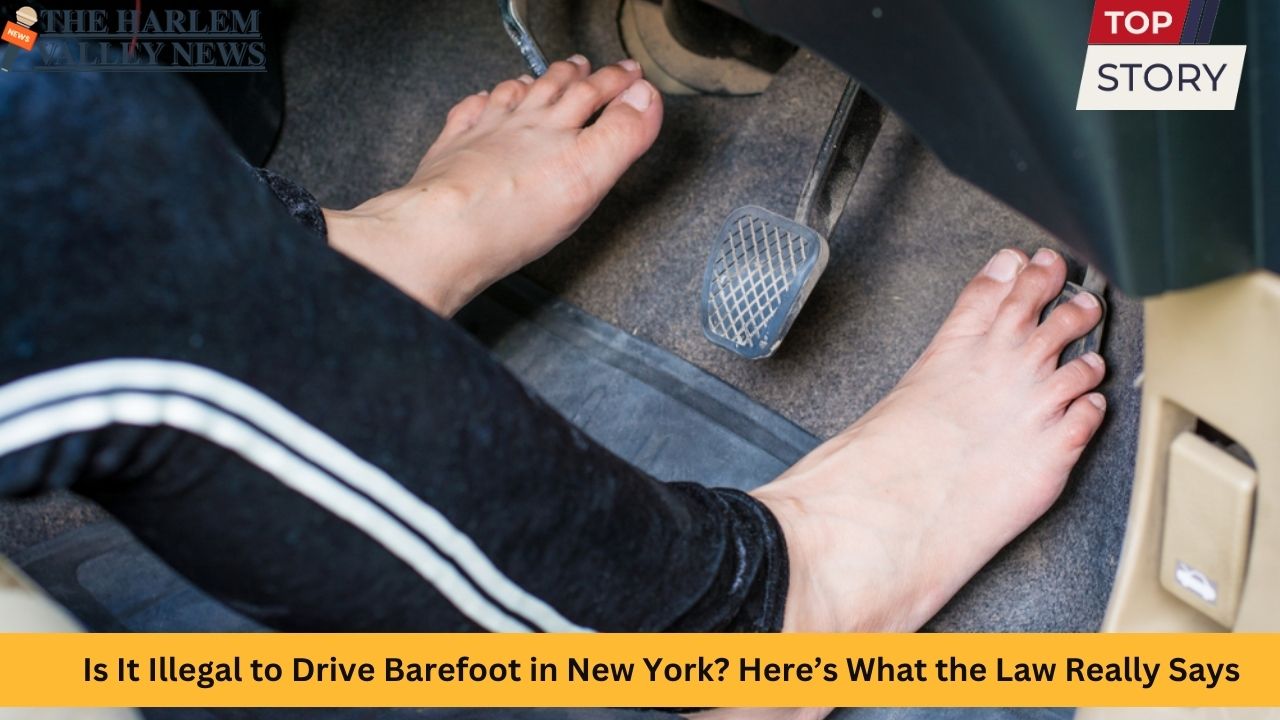




Leave a Reply